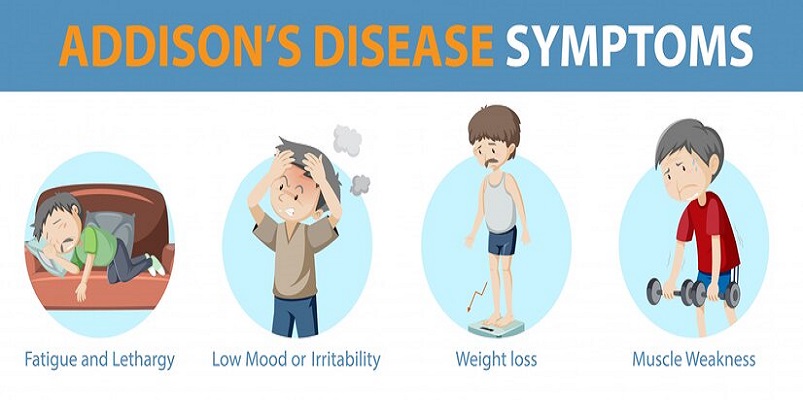Adrenals and Pancreas Disorders
Adrenal Disorders
Addison Disease (hypofunction of adrenals) is usually caused by autoimmune destruction of the gland. It may also result from a deficiency of pituitary ACTH. The lack of aldosterone results in water loss, low blood pressure, and electrolyte imbalance. There is also weakness and nausea and an increase in brown pigmentation. . Once diagnosed, Addison disease is treated with replacement of cortical hormones.n


Cushing Syndrome (excess of adrenal cortical hormones) Patients have moon-shaped faces , obesity localized in the torso , weakness , excess hair growth (hirsutism) , and fluid retention. The most common cause of Cushing syndrome is the therapeutic administration of steroid hormones. An adrenal tumor is another possible cause. If the disorder is caused by a pituitary tumor that increases ACTH production, it is referred to as Cushing disease.m

Pancreas Disorders
The most common endocrine disorder, and a serious public health problem, is diabetes mellitus (DM), a failure of the body cells to use glucose effectively. The excess glucose accumulates in the blood, causing hyperglycemia. Increased urination (polyuria) marks the effort to eliminate the excess glucose in the urine, a condition termed glycosuria. The result is dehydration and excessive thirst (polydipsia). There is also weakness, weight loss, and extreme hunger (polyphagia). Unable to use carbohydrates, the body burns more fat. This leads to accumulation of ketone bodies in the blood and a shift toward acidosis, a condition termed ketoacidosis. If untreated, diabetes will lead to starvation of the central nervous system and coma. Diabetic patients are prone to cardiovascular, neurologic, and visual problems; infections; and renal failure.m


